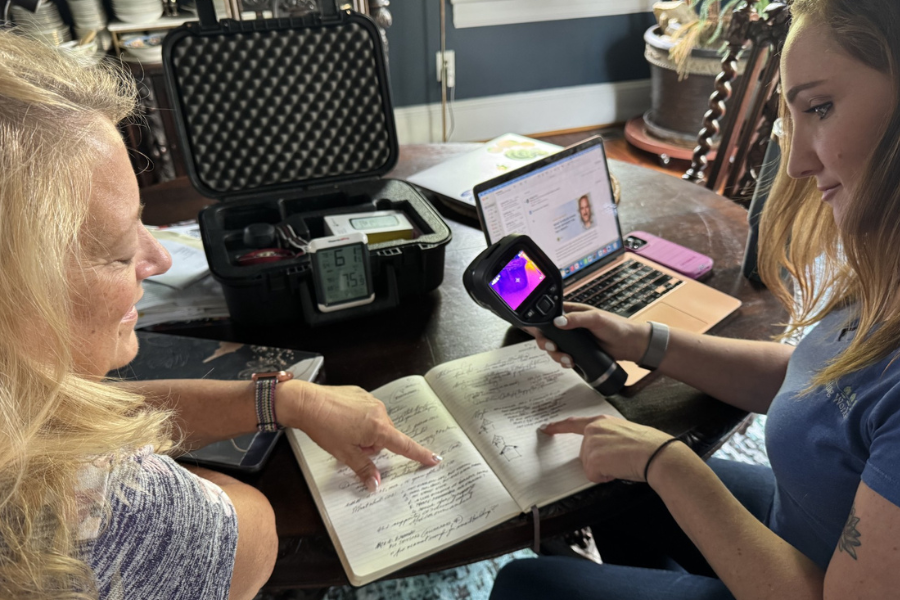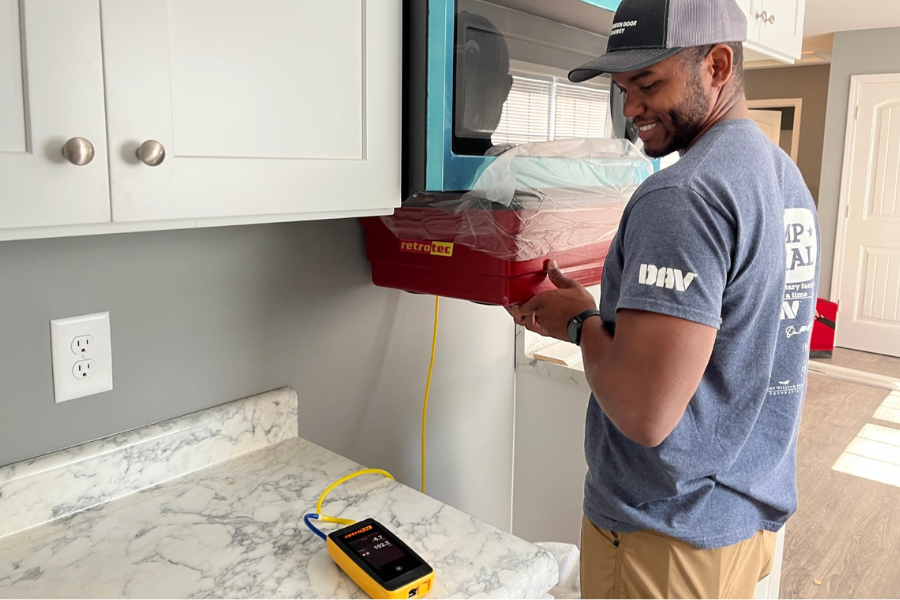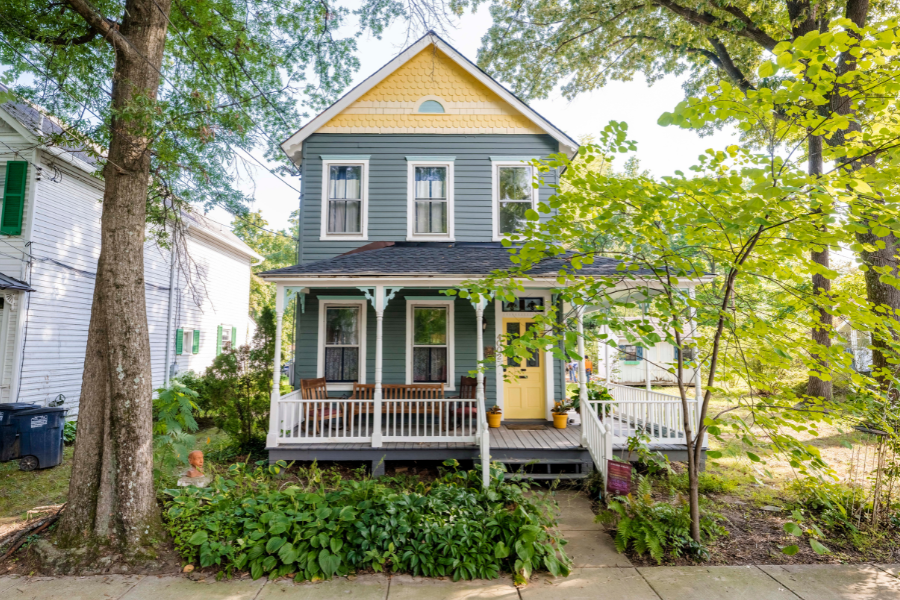May 13, 2025
Let Customers Buy, Don’t Sell
Here's how we can educate our clients properly, allowing them to buy from us without us selling to them.
By: Brynn Cooksey
Building science is a unique industry that offers long-term benefits that may not be immediately realized. As building science practitioners, our most important job is to educate clients about these long-term benefits. By understanding the potential for improved comfort and savings over time, our customers can make informed decisions about their investment. If we educate our clients properly, our customers will buy from us and we won’t have to sell to them. Here’s how.
Perform an Energy Audit
Building science projects can be costly and often include insulation upgrades, air sealing, and mechanical system replacements. These upgrades can easily go into the several thousand dollar range. Some customers may attempt to solve their comfort problems independently and guess at the solutions to their problems, only to spend money and have their problems not go away. Therefore, an energy audit is essential.
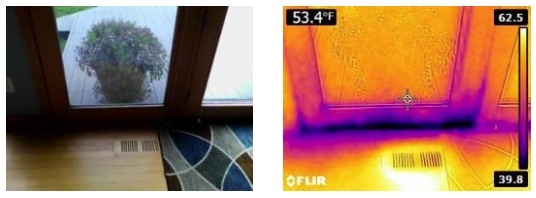
A properly executed energy audit using an energy modeling software is the perfect place to start when convincing homeowners to invest in their homes. The energy audit benchmarks the home’s energy use and captures any comfort issues the customer may have. We can prioritize the projects using the software program to determine if they are worthwhile.
Get The Customer Involved
We often purchase things that we value, and everyone is different. Some people value reliability, comfort, price, and some value peace of mind. When we interact with customers, we often need to spend time with them to understand their desires. Our industry is still relatively unknown to the general public, so some customers may not even know they have a problem.
They may be coping with high energy bills and discomforts in areas around their home, but they may not understand that diagnostic testing can address these things. To ensure complete customer engagement, we encourage homeowners to get involved in the diagnostic testing process. This involvement can empower them with a deeper understanding of their home’s energy use and comfort issues, and may motivate them to take action.

The Solutions
After the energy audit, the building science practitioner should review the report with the homeowner. The report should capture all diagnostic testing and show where the customer should start investing. An energy modeling software program report should provide details to help the customer make educated decisions. The solutions often come with cost-benefit metrics such as Simple Payback, Savings to Investment Ratio, and Return on Investment.
Simple Payback
Simple payback is a financial metric that calculates how quickly we get our investment back. This may be important to some people as money has more value today than it will in the future due to inflation. This is called the Time Value of Money. For commercial projects, the ideal number is for a project to pay for itself within 5 years, whereas projects in the residential sector would be considered fair if they pay for themselves within 10 years or less.
Savings To Investment
The Savings to Investment Ratio (SIR) metric indicates that a project will pay for itself. To calculate the SIR, divide a project’s savings by its initial investment. The SIR considers the life cycle cost of the retrofit project. A SIR of 1 means that the project will pay for itself in its useful life. The higher the number, the more the project will pay for itself. SIR may not matter to some customers, as comfort may be what they value. For example, in the Midwest region of the country with short summers, an air conditioner, even if considered high efficiency, won’t run long enough to offset its initial investment. Despite this, customers still want to be comfortable and will purchase the system anyway.
Annual Return
Annual Return is the interest rate your money makes on your retrofit project. It’s similar to returns in a 401(k) or investment account. The Annual Return is the reciprocal of the SIR. To calculate the Annual Return, take the annual savings of a project and divide it by the initial investment of the project.
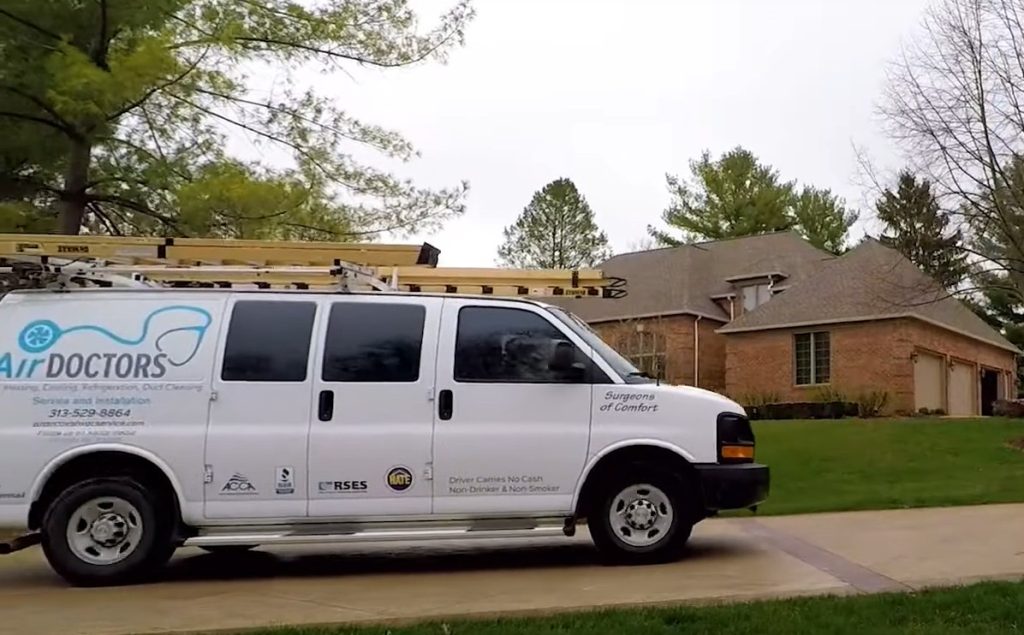
Selling Financing
As mentioned earlier, home performance is not a cheap evolution; financing can often make the project more affordable. As you work with clients, explain that the financing benefits of the project cost can often be used to service the debt that may be required for the residential retrofit project. They may not even notice the loan payment because their energy costs are reduced. Look for great banks or other lenders specializing in energy efficiency retrofits. Energy-efficient homes are cheaper and can provide the family with more disposable income in the long run.
Avoid High Pressure Sales Tactics
Many customers resist retaining sales professionals for fear of being taken advantage of. With the diagnostics testing and the energy audit report, we can link their issues to a specific solution we recommend in a transparent and honest manner. Testing in and testing out on your solutions is another way to build trust and confidence in your customers’ minds.
Remember, because retrofit projects are often unexpected, they can be a lot for your customer to process. By being transparent, honest, and conservative with energy-saving projects, we can build trust and make our customers feel secure in their decisions. In doing so, the customer will buy and you don’t have to sell.



